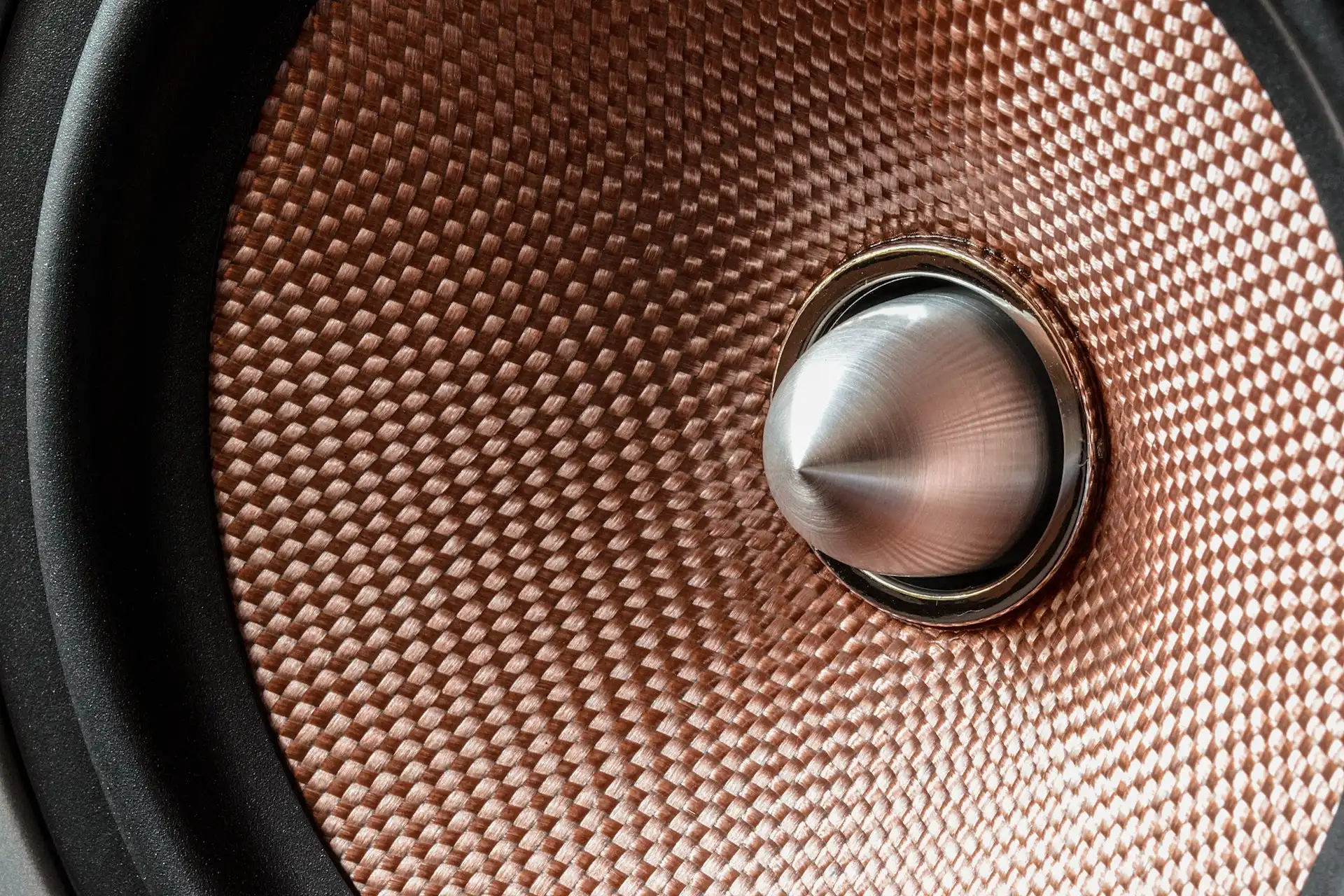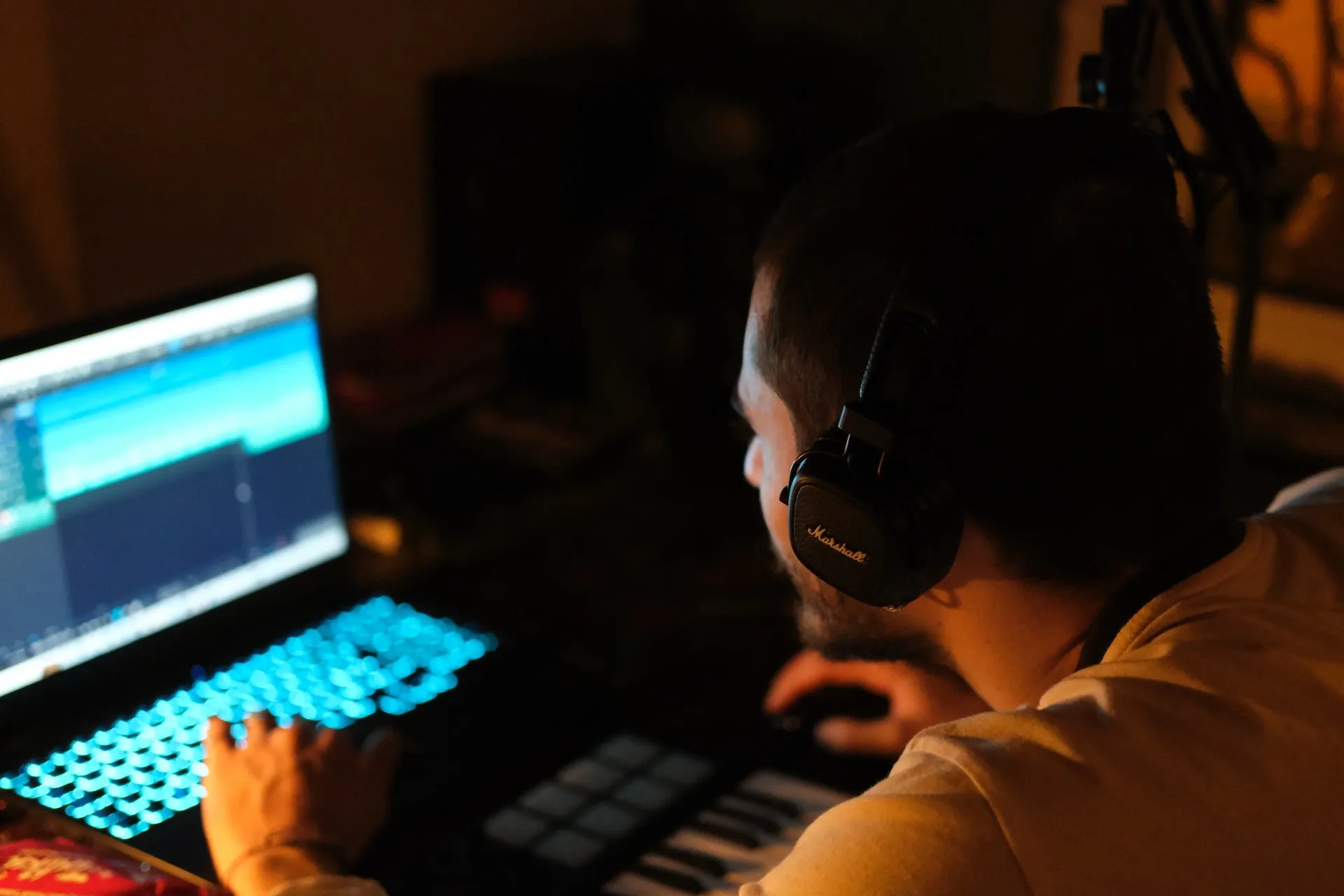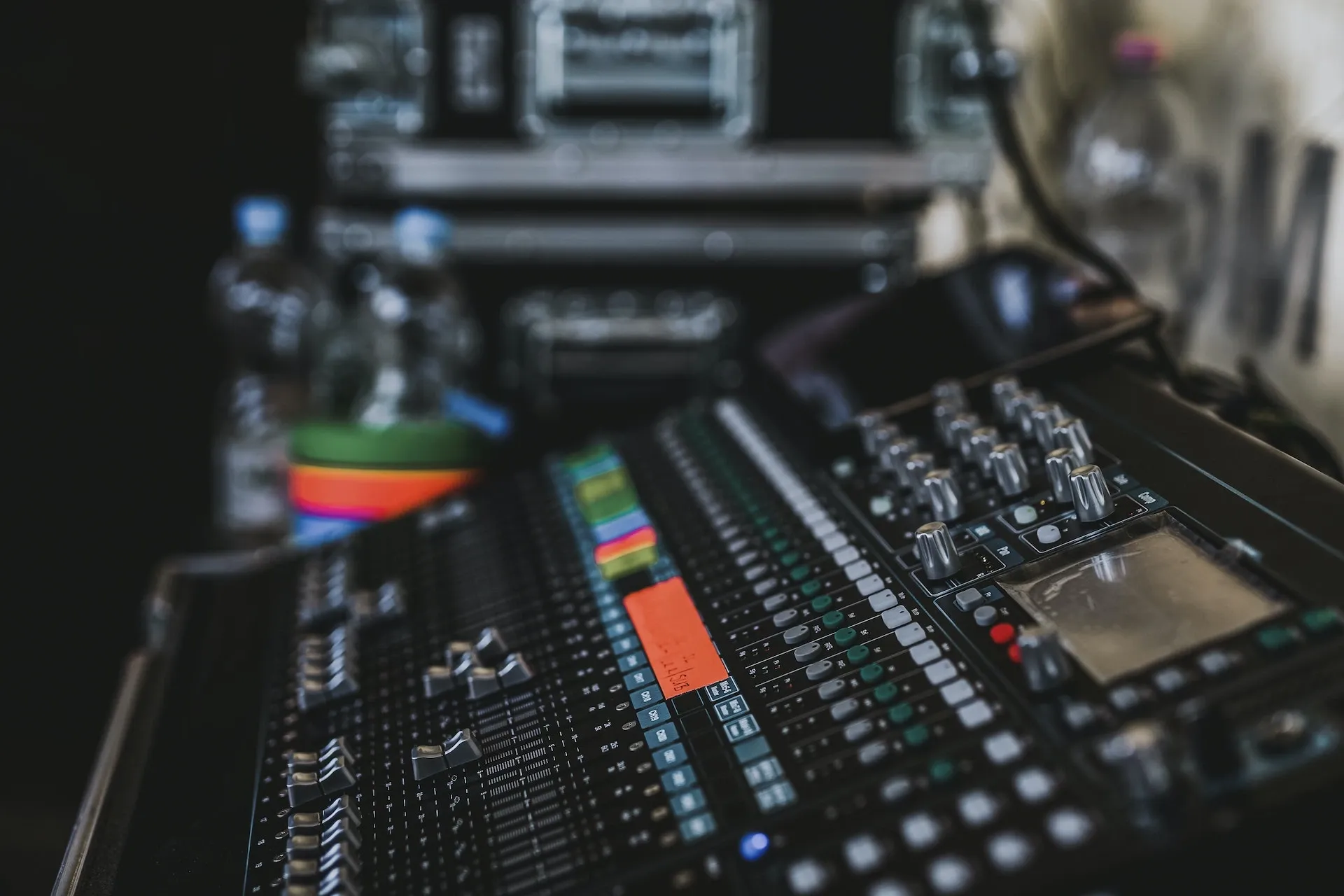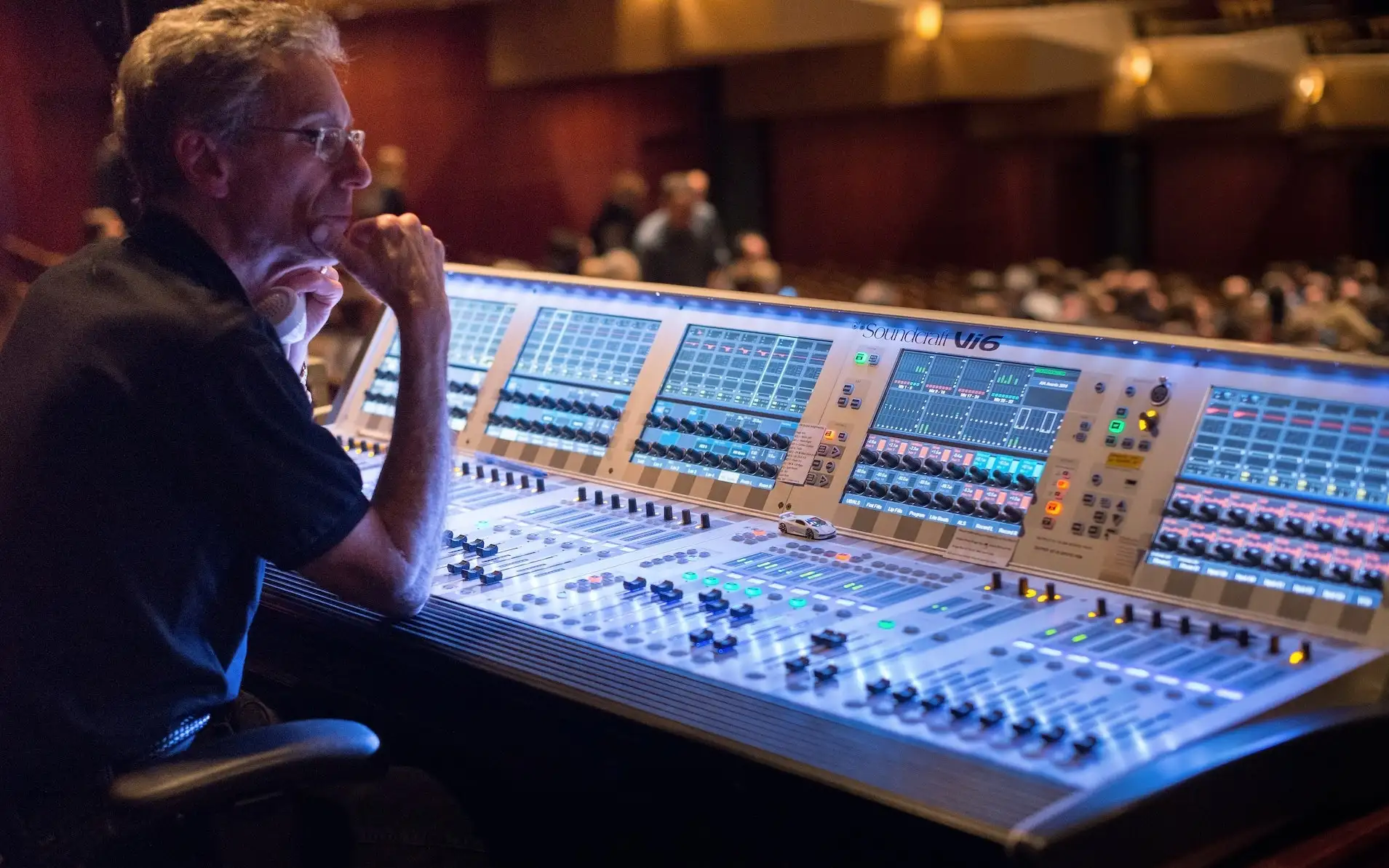What is compression in music?
Compression is a key part of the mixing and mastering process, but what exactly is it? Let’s run through the basics of compression in music today.

The term ‘compression’ is thrown around a lot, but what does it mean? Let’s decompress compression and learn why people use it.
What does ‘compression’ mean in music?
Compression is a technique used in music production. In a nutshell, it controls the dynamic range of a track, altering the difference in volume between the loudest and quietest elements. The purpose of compression is to ‘compress’ the track by reducing that difference.
There are two main types of compression in music. Upward compression makes the quiet parts louder, while downward compression makes the loud parts quieter. The closer those two things become, the more compressed and less dynamic the track is.
Compression is a key part of audio mixing and mastering, as it helps sounds blend and appear ‘natural’, as if they were recorded in the same room at similar levels. If your drums are super loud and you can’t hear the guitars, you’d require a balance of downward compression on the drums and upward compression on the guitars to hit that sweet spot.

Is compression good for music?
Broadly, yes: compression is a vital part of any finished musical track. Unless all your levels are perfectly in sync and you track it all live, you’ll probably need to compress some elements here and there.
However, compression played a huge role in one of the music industry’s more embarrassing moments: the loudness war. As CDs and digital audio became the main listening medium in the 1990s and 2000s, the only way to increase the volume was to compress the loudness peaks. The thought behind it was that if your CD was overall quieter than someone else’s, yours wouldn’t be viewed as favorably.
It seems wild now, but that was a genuine concern back in the day. As such, dynamic range was crushed by compression on popular albums during that period, reaching the point of no return with Metallica’s ‘Death Magnetic’ in 2008. The record was so compressed, it ended up clipping some of the audio and reducing the quality. Once that happened, the loudness war died down and people started seeing sense.
Does music compression reduce quality?
Aside from extreme cases like the above – where the track is noticeably damaged – compression isn’t a bad practice overall. Compression in music is like adding the finishing touches to a painting: how do you get the whole thing to hang together? Which flourishes and little extras do you need to add to make it all sit together and look how it does in your head?
What are the key parts of compression in music?
Now that we’ve run through the meaning of compression and its purpose within music, let’s look at some of the main compression settings. These should be readily available on most digital audio workstations, like Adobe Audition.
Threshold
The threshold is the point at which your music starts compressing, and is measured in decibels (dB). Applying a threshold to an entire track means that anything above the threshold will be compressed. Apply a low threshold for more compression, or a high threshold for less.

Ratio
The ratio is directly related to the threshold, dictating how much compression should be applied. Let’s say your ratio is 2:1, and your threshold is -10dB. If the audio hits -6dB, it’ll be compressed to -8dB.
Why? The audio input of -6dB exceeded the -10dB threshold by 4dB. The 2:1 ratio means the amount of compression should be half (2:1) of the excess amount, which gives you 2dB’s worth of compression.
Attack
Attack is measured in milliseconds (ms), and controls how quickly the compressor works once you’ve exceeded the threshold. Fast attack times can remove brief volume peaks, but if you’re not careful, they can sound choppy. If you’re editing slower instruments like soft synth passages, a low attack time might work in your favor.
Release
The release is also measured in milliseconds, and controls how long you want the compressor to keep working after the dB levels have dropped below the threshold. A fast release might give you that ‘thump!’ sound, but could sound a bit strange in certain instances.

On the other hand, a longer release will sound more natural, but might not be as effective as a fast release. As with most things regarding compression, the right thing to do depends on what you’re trying to achieve.
Knee
The knee determines how gentle your compression’s gain reduction will be. A value of 0.0 indicates a hard knee, which reduces the gain almost instantly once you’ve reached the threshold. You’re best off using a hard knee for heavily compressed audio or percussive instruments.
Meanwhile, a value of 1.0 is a soft knee, which steadily and smoothly reduces gain as you reach the threshold. Soft knees work best paired with gentler, less-compressed material.
So, now that you know what compression is, what it sounds like, and how to achieve it, it’s time to go out there and create. If you need some high-quality music for your content, though, you can count on Epidemic Sound to deliver, no matter the compression. We’re packing 40,000 tracks, spanning everything from dubstep to polka.

Our catalog is high-quality, affordable, and safe. An Epidemic Sound subscription goes beyond royalty-free music, removing the headache of licensing and freeing you up to do what you do best. You can enjoy the safety of our license hand-in-hand with our massive catalog of 40,000 tracks, covering just about every genre you can think of. You’ll also gain unlimited access to our advanced search functions — finding the right sound’s never been easier.
It’s better than royalty-free. It’s worry-free. Get started with Epidemic Sound below.

Looking for the perfect soundtrack for your next advertising campaign or commercial project? Check out our pages on copyright and music downloads, and take your commercial content to the next level.
Related posts:

